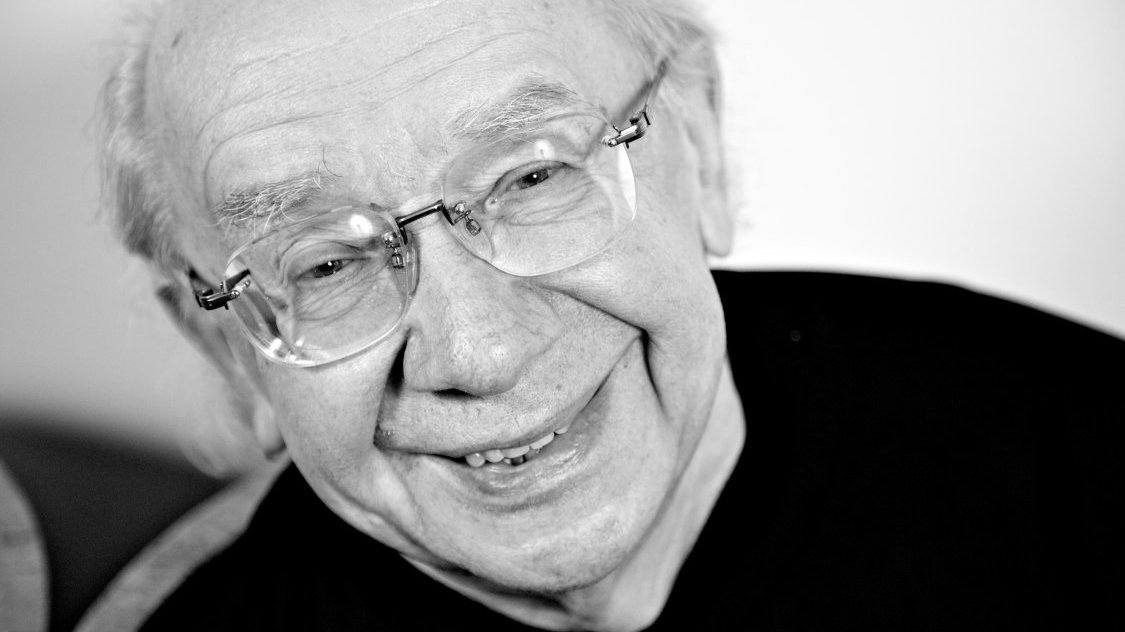A William Schuman Fourth
In celebration of Independence Day, here is Chester, the final movement of American composer William Schuman’s 1956 New England Triptych. It’s a setting of one of the most famous hymn tunes of William Billings (1746-1800), America’s first choral composer. Originating in Billings’ 1770 songbook, The New England Psalm Singer, Chester became a marching song for the Continental Army during the American Revolution. Schuman’s Chester opens with a statement of the simple hymn melody before the music erupts into a spirited, celebratory …







